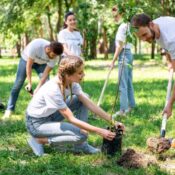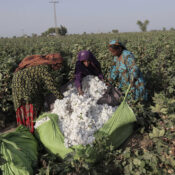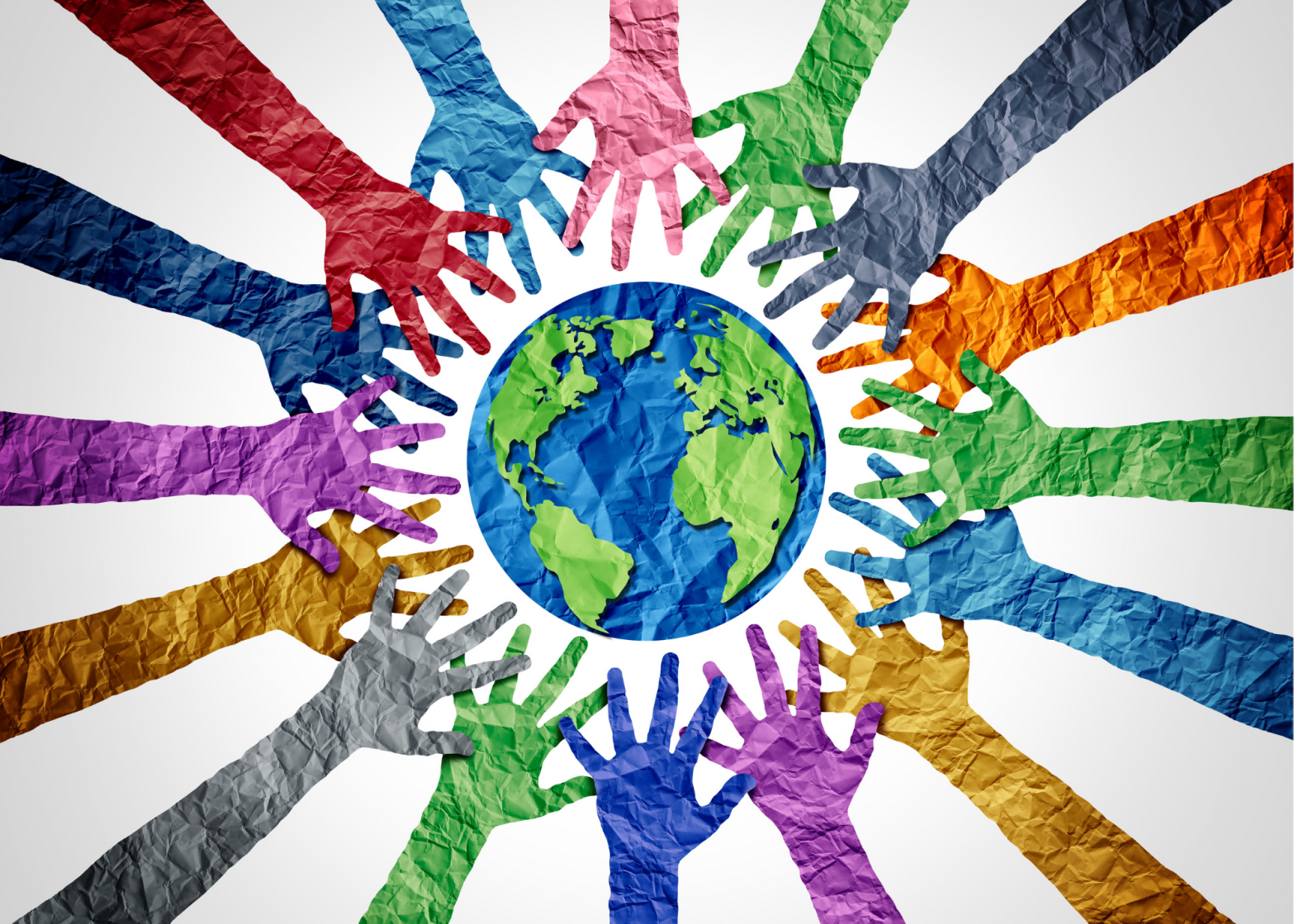
Fostering Awareness of Environmental and Social Justice through Plastic Pollution Education
Empowering the Next Generation to Address Disproportionate Impacts in Low-Income Communities and Communities of Color
Introduction:
As children grow older, their understanding of the world expands, and they become more aware of social justice and environmental justice issues. Plastic pollution is increasingly recognized as an environmental crisis impacting both ecosystems and human communities. In this essay, we will explore how children can be inspired to advocate for equitable solutions and systemic changes in addressing plastic pollution. Specifically, we will focus on raising awareness of the disproportionate impacts plastic pollution has on low-income communities and communities of color – a critical aspect of environmental and social justice.
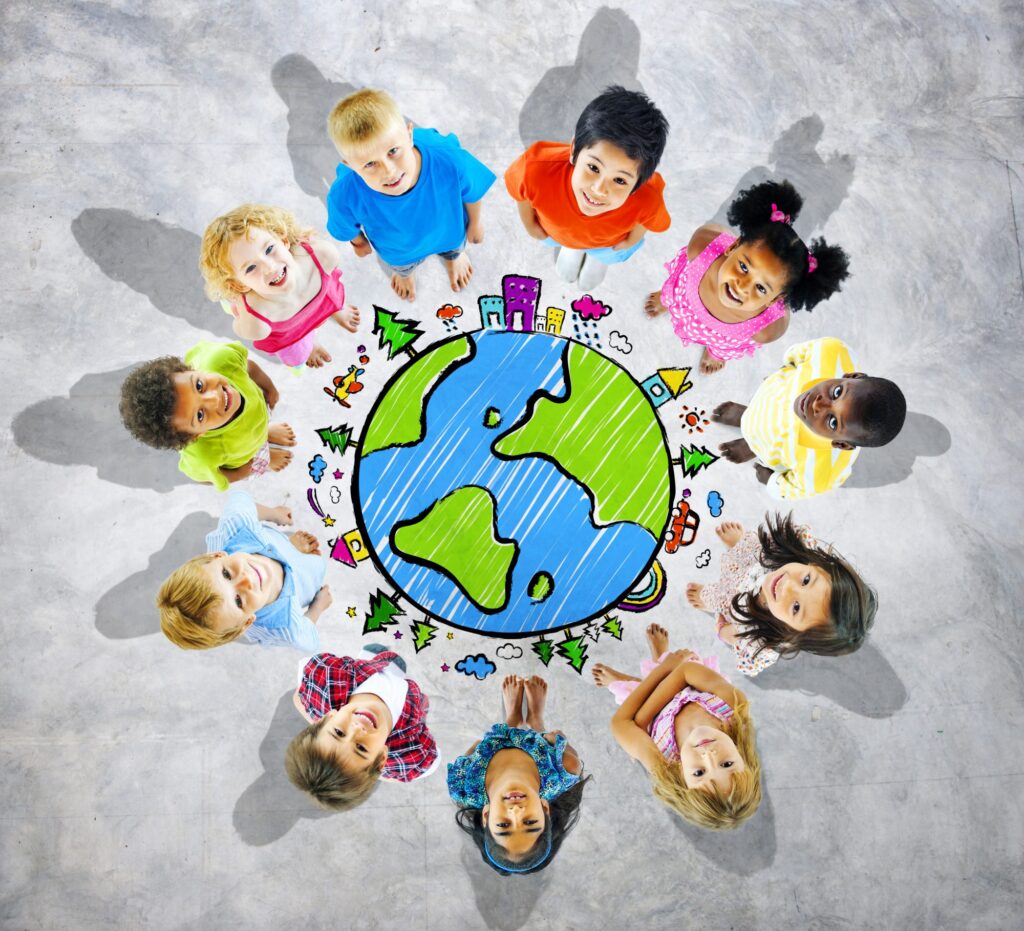
Body:
- Understanding Environmental and Social Justice:
a. Define environmental and social justice and their intersection in relation to plastic pollution.
b. Highlight the importance of addressing environmental inequalities and the power dynamics that perpetuate them. - Plastic Pollution and Disproportionate Impacts:
a. Discuss the unequal distribution of plastic waste and pollution in low-income communities and communities of color.
b. Provide examples of how these communities bear a greater burden due to landfill sites, incinerators, and exposure to toxic chemicals.
c. Explore the implications for public health, as these communities face higher rates of respiratory issues, cancers, and other health problems. - Education as a Tool for Empowerment:
a. Recognize the role of education in empowering children to become agents of change.
b. Develop age-appropriate educational materials and initiatives that highlight the links between plastic pollution, social justice, and environmental justice.
c. Encourage critical thinking and encourage children to ask questions about the systemic causes and consequences of plastic pollution. - Fostering Awareness and Empathy:
a. Engage children in activities that promote empathy and understanding of diverse perspectives.
b. Promote exposure to stories and experiences of individuals from affected communities, fostering empathy and inspiring action.
c. Encourage dialogue and discussions about how plastic pollution intersects with issues such as race, class, and privilege. - Advocacy and Activism:
a. Teach children about the power of grassroots advocacy and community organizing.
b. Provide examples of youth-led movements and organizations fighting for environmental and social justice, emphasizing the impact they have made.
c. Encourage children to explore ways to engage in advocacy, from organizing community cleanups to writing letters to policymakers. - Collaborations and Partnerships:
a. Emphasize the importance of collaborative efforts to create lasting change.
b. Encourage children to work with community organizations, schools, and local governments to address plastic pollution and its disparate impacts.
c. Highlight the success stories of collaborations between youth, community members, and decision-makers.
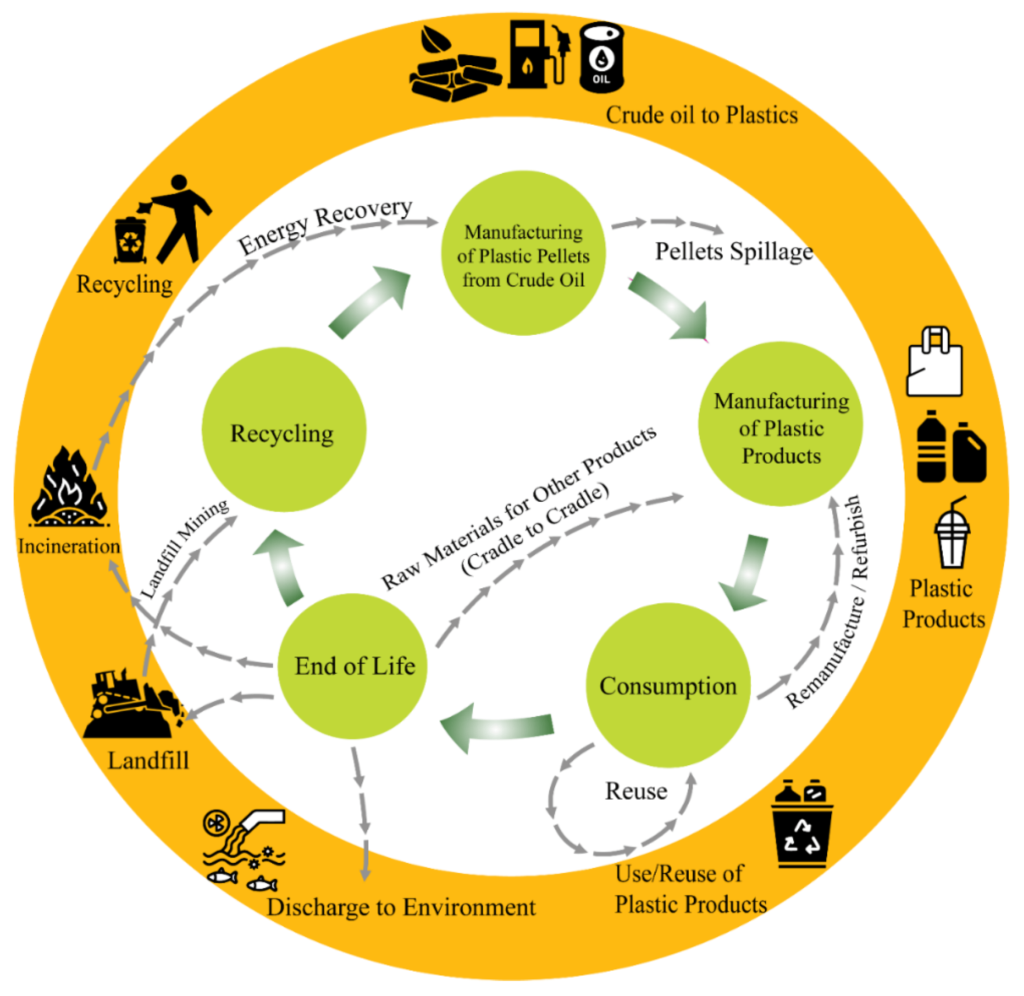
Conclusion:
Children have a remarkable capacity to grasp complex social and environmental issues, and it is vital to empower and inspire them to become advocates for equitable solutions and systemic changes in addressing plastic pollution. By fostering awareness of the disproportionate impacts on low-income communities and communities of color, we can encourage children to develop empathy, engage in critical thinking, and take action. Through education, awareness-raising, and collaboration, we can ensure that the next generation is equipped to fight for environmental and social justice, creating a more equitable and sustainable future for all.
All Categories
- Agricultural Methods
- Agriculture and Women Small Farmers Rights Awareness
- Climate Change
- Disable and Human Rights
- Disable Jobs
- Donation
- Education
- Health Issues
- Organic Foods
- Organic Vegetables
- Orphans Children
- Plastic production and disposal
- Services
- Sinking in Scarcity
- Success Stories
- Uncategorized
- Waste Management
- Women Rights
- Youth Empowerment



